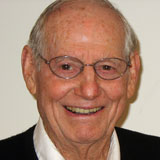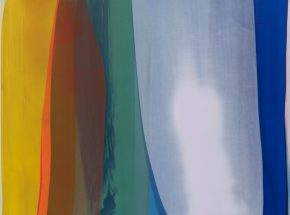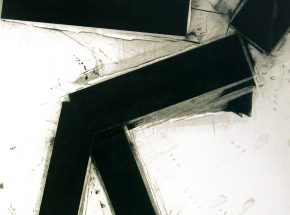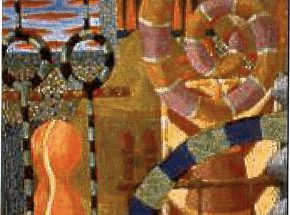

Born in Arizona in 1920, Wayne Thiebaud received his formal art training under the GI Bill at San José State College and the California State College in Sacramento. Thiebaud later moved to New York City, where he found himself in the midst of the abstract expressionist movement. While he was particularly interested in the works of Willem de Kooning and Franz Kline, he developed his own technique, adapting the thick pigments used by the abstract expressionists to his own subjects and style.
By the early 1960s Thiebaud had returned to California, and his best-known works, colloquial paintings of food and consumer goods, had emerged in mature form. Depictions of everyday items from American life – sandwiches, gumball machines, jukeboxes, toys, cafeteriatype foods, and cakes and pies – reflect a turn toward representational painting. In 1972 Thiebaud settled permanently in San Francisco and began painting his new urban landscape. Using the unique geography of the Bay Area for inspiration, Thiebaud created landscapes that are dramatic representations, distinguished by plunging forms, daring angles, and bold blocks of color.



